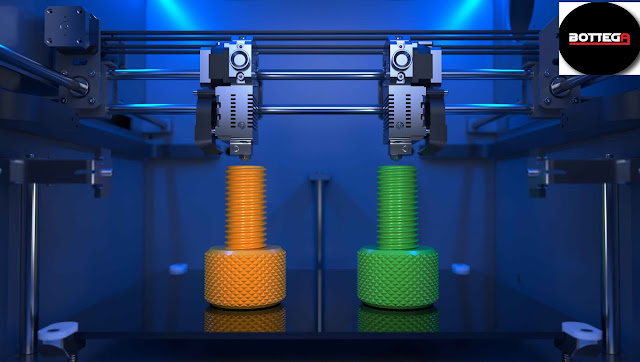Everything to know about CNC Milling Machines
CNC milling is a CNC process involving rotating cutters to remove portions of a block of material until the desired custom shape is achieved. It facilitates manufacturers to create intricate parts to meet tight tolerance requirements.
Computer numerical control machines have evolved over the years, allowing for the creation of precision parts that meet the stringent requirements of today's industries.
The applications of CNC Machining Near Me and across the globe are near-endless, spanning many industries.
This article will get down to the basics of CNC milling. You have come to the correct place if you want to understand the milling process in depth:
What is CNC Milling Process?
To comprehend "CNC machining near me" and how it operates, let's look back to the basics of milling.
Milling is a machining process that helps cut and reshape material blocks to your desired shape.
The workpiece is fixed in place by a moveable tabletop (or clamping device) on conventional milling machines, which enables operators to move the workpiece in various directions in opposition to the rotating cutter.
CNC machines use revolving cutters and a portable desktop to remove material and produce parts like traditional machines. However, how these machining procedures are carried out varies among them.
3 Most Common CNC Milling Operations
CNC machining uses advanced milling processes like
#1 Face Milling
Face milling is probably the most frequent milling procedure used to produce flat surfaces. The surface of the workpiece being machined is perpendicular to the rotating axis of the cutting tool during this machining operation.
As the name suggests, a face mill cutter is used during face-milling operations. With the help of the numerous interchangeable cutter inserts on these cutters, you can quickly create the surface you want.
Face milling can also assist you in obtaining higher-quality surface finishes as compared to peripheral milling. This is so that you may remove less material than you would with peripheral milling thanks to the face mill cutter's design, which offers precise control over the Machining Process.
#2 Plain Milling
A milling technique used to create plain, horizontal surfaces is known as plain milling, sometimes known as slab milling. The cutting tool's axis is aligned with the surface being machined during the machining procedure.
Plain milling cutters, a unique kind of cutter that has its teeth on edge and is used in this technique, enable machinists to carry out cutting operations.
#3 Angular Milling
Similar to plain milling, angular milling aids in producing flat surfaces. The difference between these two actions is how the cutting tool is positioned.
In angular milling, the cutting tool's axis is oblique to the workpiece's surface. Thanks to this, you can create features like grooves, serrations, and chamfers.
Some Advantages of CNC Machining:
- Tick and cross indicate the decision on how to manufacture prototype parts
- CNC milling machines are highly accurate and precise compared to other manufacturing technologies.
- Multiple-axis CNC machines can create complex geometries while meeting tight tolerance requirements.
- CNC machines are also compatible with many materials, including plastic, composites, and metals.
Conclusion
Undoubtedly, CNC machining near me can create complex geometries and accurately and precisely meet tight tolerances.




Comments
Post a Comment